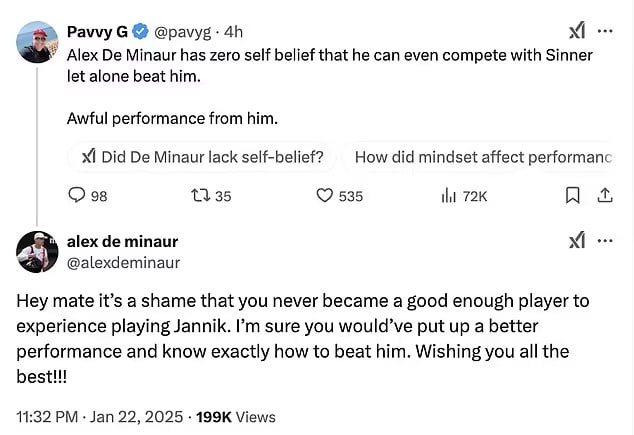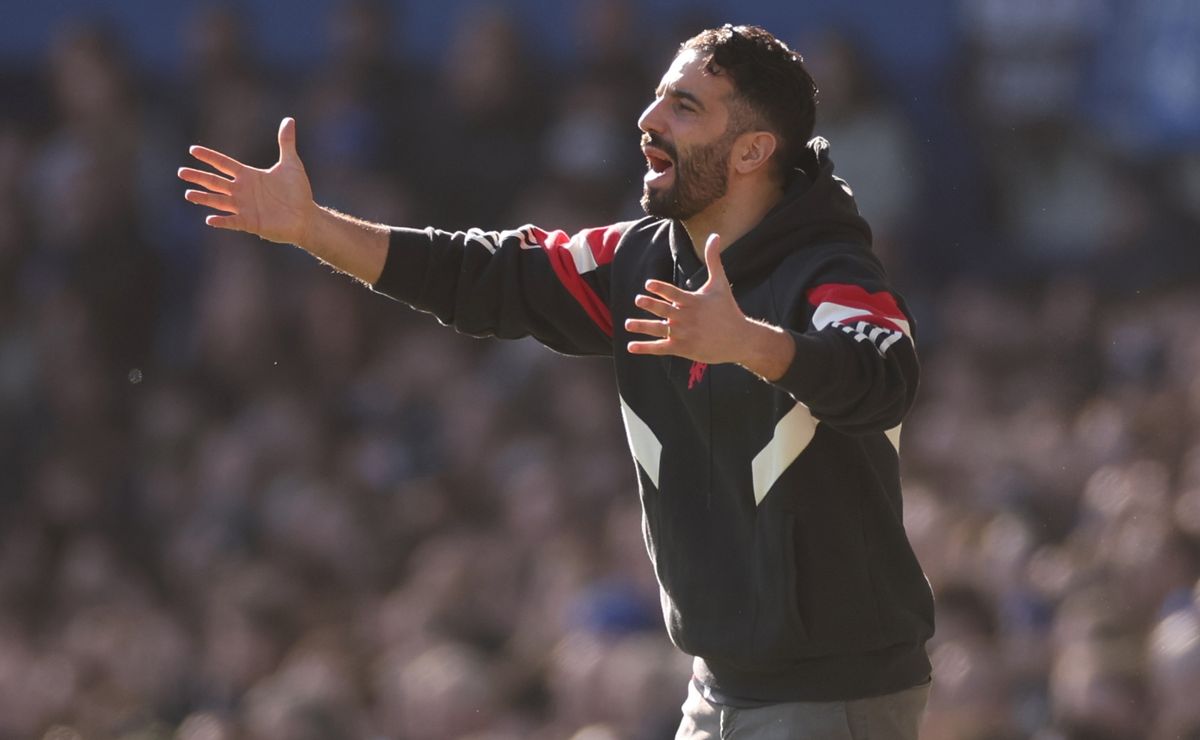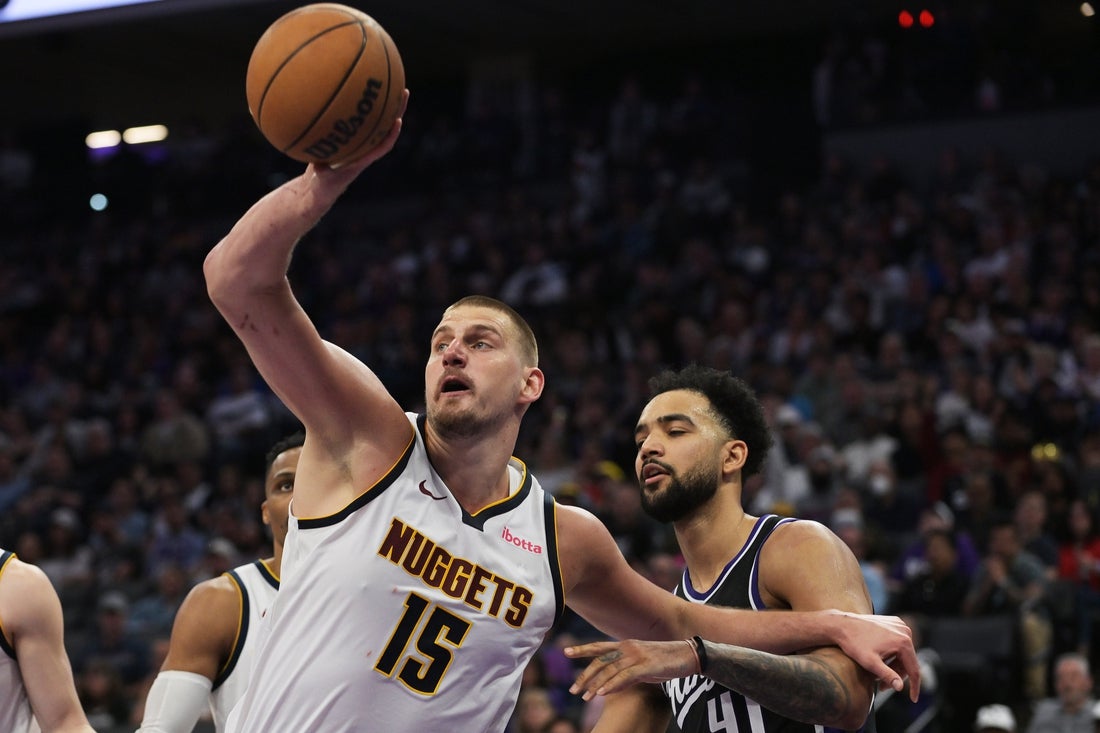Alex de Minaur is no stranger to criticism, but his quarter-final loss to Jannik Sinner at the 2025 Australian Open has increased the volume.
Social media has been ruthless, with comments such as “worst top-10 player ever” and “no faith” doing the rounds on X.
While some of these views are reactionary and exaggerated, the question remains: how much of the criticism is rooted in reality?
Let’s break it down.
Fact: De Minaur’s case for the top 10
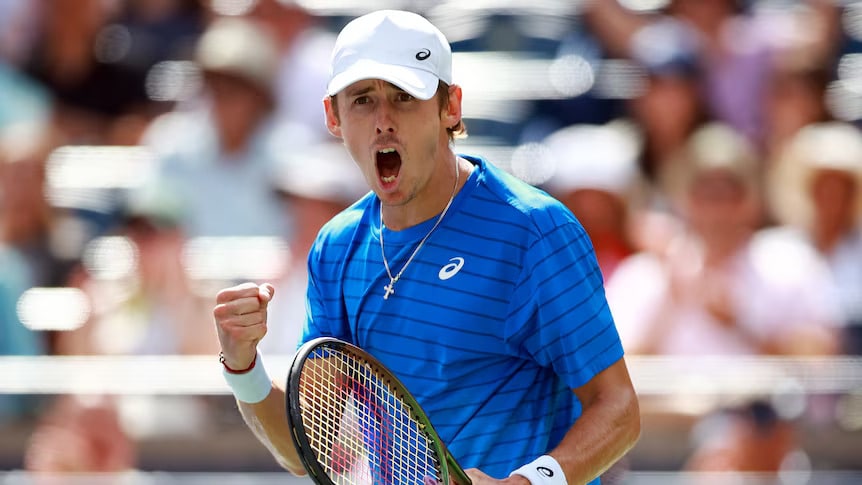
The idea that De Minaur is an undeserving top-10 player doesn’t hold up when you consider the numbers.
In his 2024 season, he made four consecutive Grand Slam quarterfinals – a feat few can match – and won titles such as the ATP 500 in Acapulco.
His consistency across all surfaces and elite return stats (he’s ranked No. 1 in the ATP return leader metric) show he’s more than earned his spot.
But here’s where it gets tricky: being in the top 10 doesn’t mean he’s on par with peers like Jannik Sinner or Carlos Alcaraz.
While his results scream consistency, they also reveal a ceiling. He struggles against big hitters and elite shooters, and his lack of a “go-to weapon” means he is constantly forced to play near-perfect tennis to win matches against the very best. It’s exhausting and explains why he often falls short in the most important moments.
The Sinner Matchup: A Nightmare for De Minaur
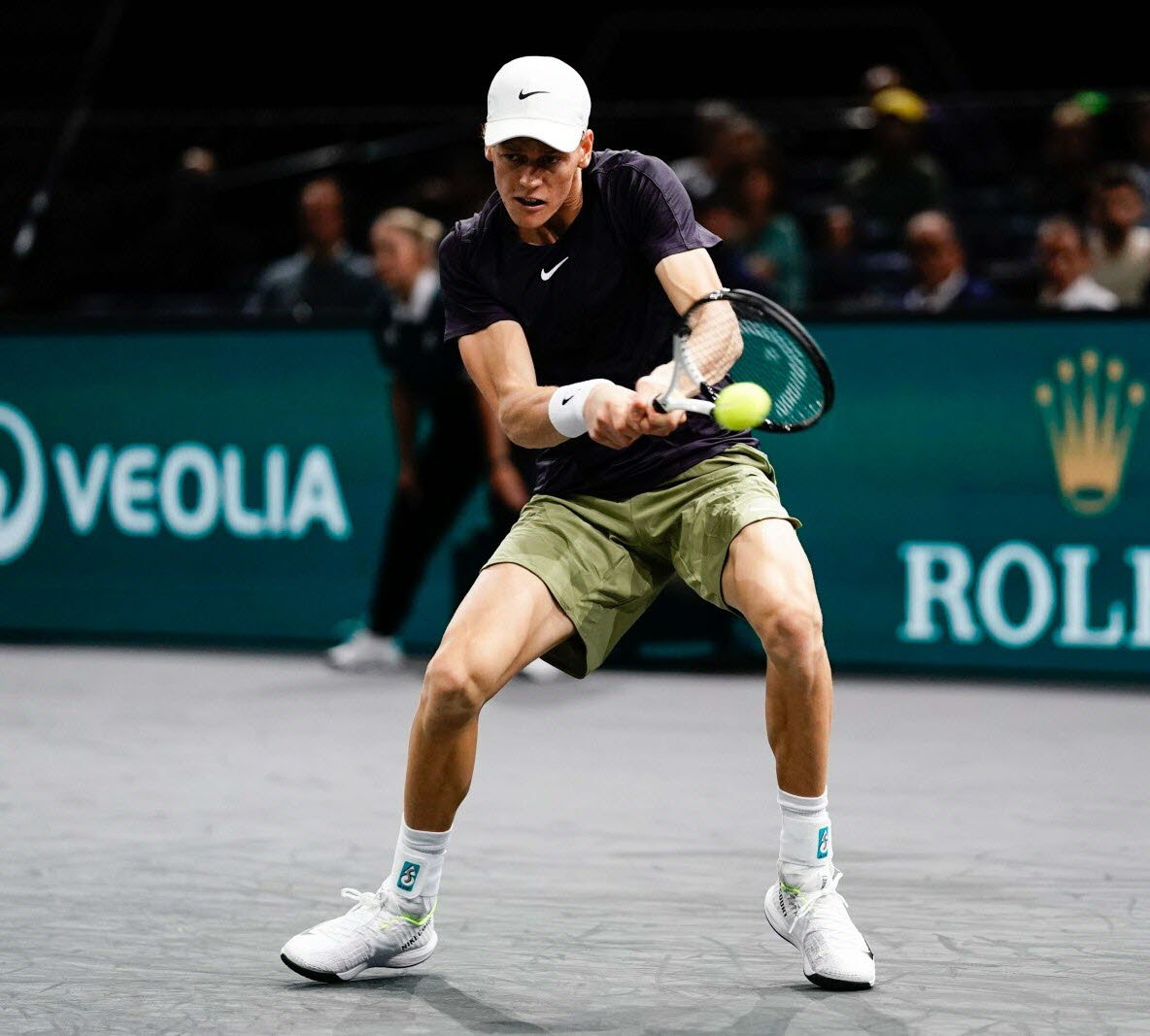

The loss to Sinner was particularly brutal – 6-3, 6-2, 6-1 – and it’s not hard to see why. Sinner’s power and precision completely neutralize De Minaur’s counterpunching style.
Sinner doesn’t give him the pace he thrives on, and his ability to cut through the lane exposes De Minaur’s lack of firepower.
In their head-to-head, Sinner has dominated, winning all ten matches. This isn’t just a bad matchup—it’s one of the most lopsided on tour.
For context, tennis has seen other dominant head-to-heads, like Federer vs Ferrer or Djokovic vs Monfils, but even those rivalries had moments where the underdog made it competitive.
With De Minaur and Sinner it feels different. Most games haven’t even been close, and there’s little evidence to suggest that will change.
This isn’t a knock on De Minaur’s ability – it’s just a reflection of the reality of matchups in tennis.
Some styles are inherently disadvantaged against others, and unfortunately for De Minaur, Sinner is the worst case scenario.
Social Media Criticism: Valid or Exaggerated?
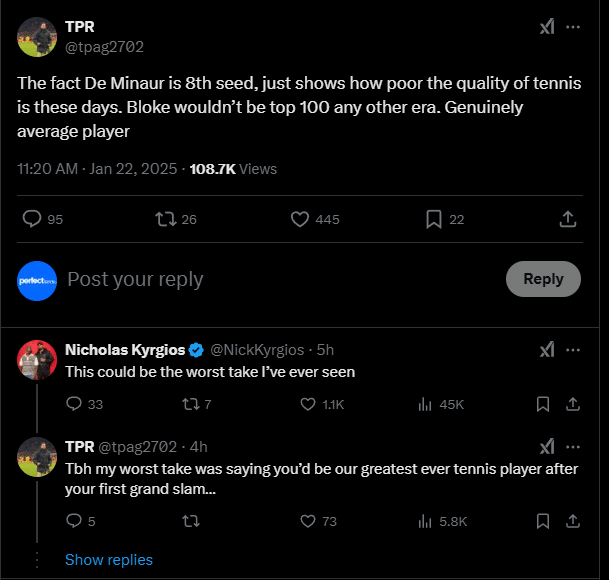

It’s easy to dismiss criticism online as mindless trolling, but some points raised by fans carry weight. De Minaur doesn’t have the tools that define most top-10 players.
His forehand lacks the explosiveness of an Alcaraz or Sinner, his serve is far from a weapon, and he relies heavily on conditioning and grit to win. It’s admirable, but it’s not exciting, and in a sport where style matters to the fans, this makes him an easy target.
At the same time, social media amplifies the negativity. Comments like “worst top-10 player ever” are more hyperbole than analysis.
It’s not fair to hold De Minaur to the standard of other eras, especially when the depth of the men’s tour is greater than ever, making reaching the top 10 more challenging.
While he’s not on the level of Alcaraz or Djokovic, he’s a legitimate top-10 player in this era—and that’s worth acknowledging.
The popularity problem


An overlooked factor in De Minaur’s criticism is his personality and image. He’s a hard worker, no doubt, but he doesn’t have the charisma of Nick Kyrgios or the charisma of Carlos Alcaraz.
Instead, he comes across as serious and reserved – a demeanor that doesn’t naturally draw fans in.
There is an intriguing psychological element to the criticism he receives: Physiognomy – the idea that a person’s facial features and behavior affect how they are perceived.
It’s a bit of an anathema these days because of the prevailing narrative that it’s “bigotry” or “a right-wing conspiracy,” but there’s plenty of evidence that facial features can correlate with personality traits.
Whether you believe this is a valid area of study or not, it is undeniable that people instinctively judge others based on appearance.
De Minaur’s serious, often expressionless demeanor and dull frame do not naturally inspire sympathy or charisma.
Compare him to someone like Carlos Alcaraz, whose boyish smile and exuberant energy instantly wins over fans, or Nick Kyrgios, whose on-court personality polarizes but rarely bores. De Minaur, on the other hand, is easy to overlook, and when he loses badly, fans are more likely to criticize than empathize.
But perhaps it’s better to judge by what he says in the press conference, and I thought he gave a pretty fair assessment of his loss:
A realistic view: Where De Minaur stands
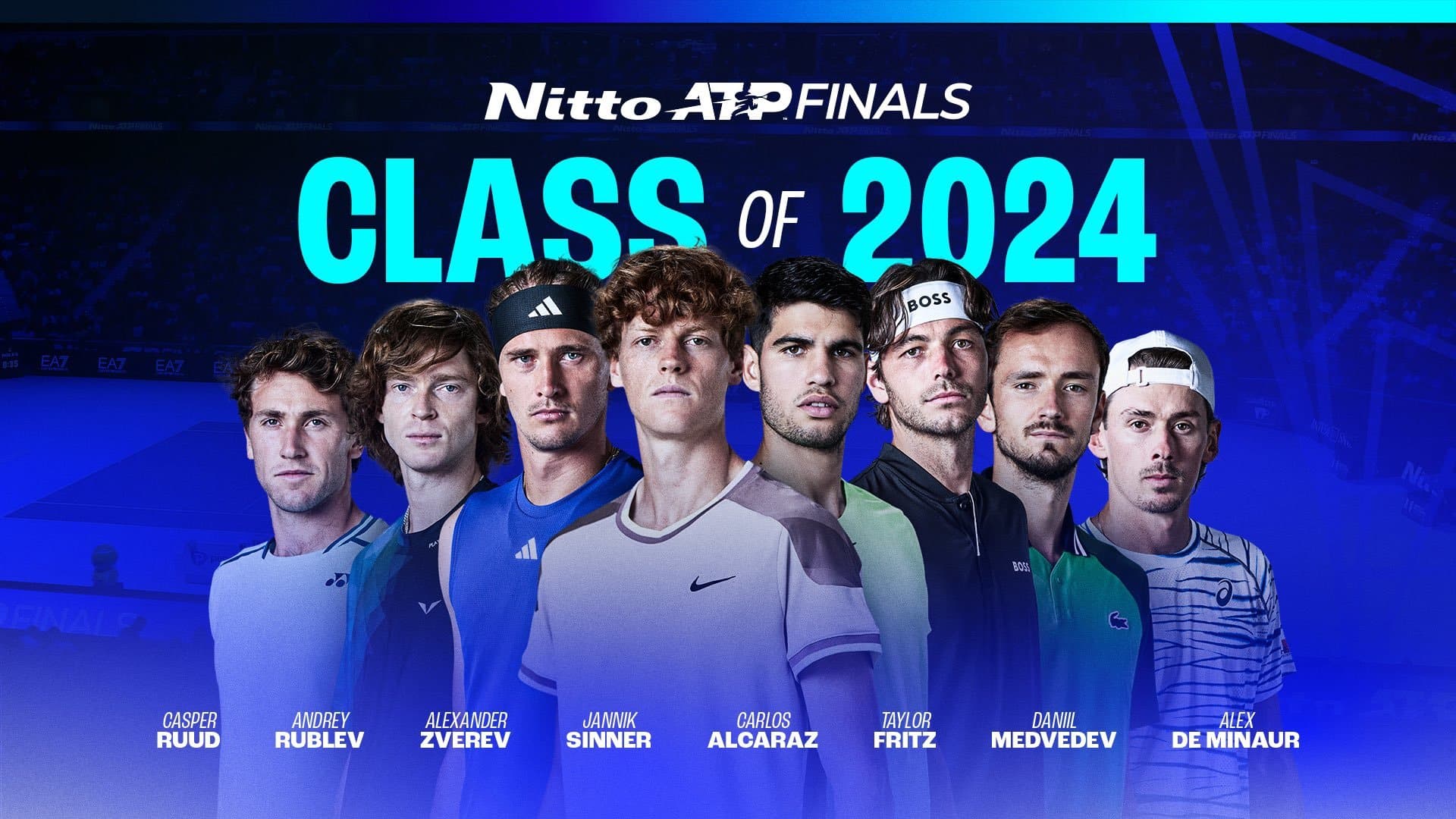

So, is Alex de Minaur a hoax in the top 10? No. But is he one of the weaker top-10 players compared to his peers? Probably. His consistency is admirable, but his lack of a decisive weapon and his struggles against power players limit his ceiling.
Therefore, the criticism he received on social media is not entirely unwarranted. De Minaur has clear weaknesses that prevent him from reaching the next level, and he played a terrible game against Sinner without much belief, which is undoubtedly true.
But portraying him as a fraud ignores the qualities that got him here in the first place. He’s not a fan favorite, and his style won’t win him many accolades on social media, but in an era of tennis where depth matters, he’s earned his spot.
What does the top 10 mean to you? Is it about beating the best? Or is it about grinding out results week after week? Depending on how you answer, your view of Alex de Minaur will likely fall somewhere between the extremes.


